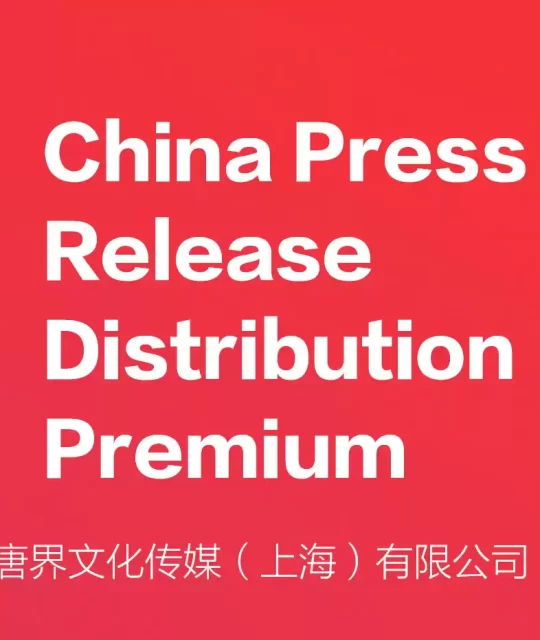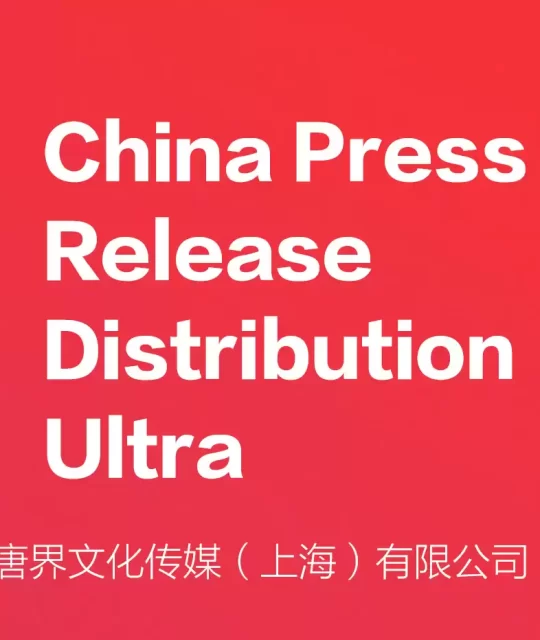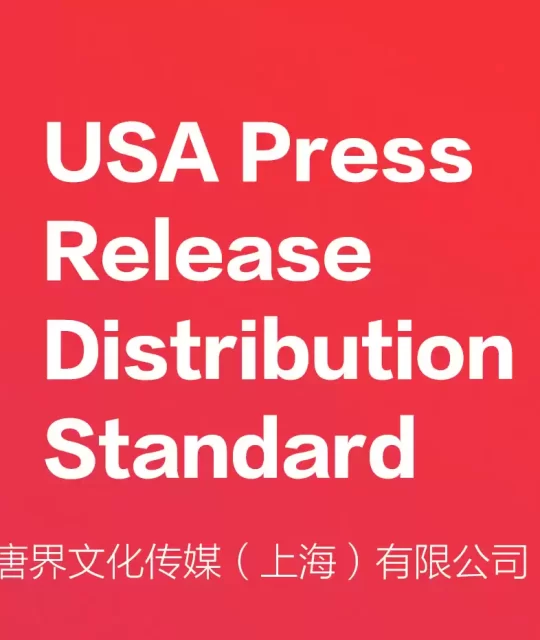China, with its vast population and rapidly growing middle class, represents one of the largest and most dynamic markets for Fast-Moving Consumer Goods (FMCG) brands worldwide. However, breaking into this market is far from straightforward. Successful FMCG brands in China must understand local consumer preferences, navigate regulatory challenges, and leverage digital platforms to reach their audience effectively. Here’s how to build a strong FMCG brand in China.
1. Understand the Local Consumer Landscape
China’s FMCG market is diverse, with consumer behaviors varying widely between Tier 1 cities like Beijing, Shanghai, and Guangzhou, and Tier 2 and 3 cities. Consumers in Tier 1 cities are more likely to be early adopters of international brands, while those in lower-tier cities may be more price-sensitive and value convenience.
Brands must tailor their products and marketing strategies based on these regional differences. For example, premium, imported products might perform well in Shanghai, while more affordable options could be better suited for consumers in Chengdu or Xi’an.
2. Leverage E-Commerce and Social Media
China’s e-commerce sector is the largest in the world, with platforms such as Tmall, JD.com, and Pinduoduo leading the charge. FMCG brands need to establish a strong presence on these platforms, optimizing product listings and ensuring their online stores are user-friendly.
Social media platforms like WeChat, Douyin (TikTok), and Xiaohongshu (Little Red Book) have become key tools for FMCG brands to engage with Chinese consumers. Through influencer collaborations, live-streaming events, and paid advertising, brands can reach a broad audience, boost brand awareness, and drive online sales.
Tip: Social commerce is growing rapidly in China. By partnering with influencers and KOLs (Key Opinion Leaders) who resonate with your target audience, you can create authentic connections and build trust.
3. Product Localization
Localization is key when building an FMCG brand in China. This goes beyond just translating packaging and labels—it’s about adapting your product offerings to suit local tastes, cultural preferences, and consumption habits.
For example, in the food and beverage sector, Chinese consumers might prefer lighter, less sweet flavors compared to Western markets. Additionally, local preferences for ingredients, packaging design, and even product names can vary significantly. Understanding these nuances will allow your FMCG brand to stand out and be perceived as relevant to Chinese consumers.
4. Engage with Local Media
Media relations are a powerful tool for building credibility and raising awareness of your FMCG brand. Getting featured in reputable Chinese media outlets like China Daily, Sina, 36Kr, and Caixin can help you establish your brand as trustworthy and reliable.
Working with local PR agencies like China Business Agency can be invaluable in navigating the media landscape. We can help you craft press releases, engage with journalists, and pitch story ideas that highlight the unique value of your products.
5. Ensure Regulatory Compliance
China has strict regulations when it comes to FMCG products, particularly in the food, beverage, and health sectors. To successfully launch and sell your products in China, you must comply with local laws and regulations related to product safety, labeling, and marketing.
China Business Agency can support you in ensuring compliance with these regulations, from product registration with the China Food and Drug Administration (CFDA) to understanding the latest labeling requirements. Navigating these requirements correctly is critical to avoid delays or fines.
6. Focus on Sustainability
Sustainability is becoming increasingly important to Chinese consumers, especially in the FMCG sector. Many consumers are now looking for eco-friendly packaging, responsibly sourced ingredients, and brands that align with their values.
By integrating sustainability into your FMCG brand, you can appeal to this growing market segment. Whether it’s offering recyclable packaging or highlighting your brand’s environmental initiatives, sustainability can enhance your brand’s reputation and build loyalty.
7. Monitor Consumer Feedback
China’s digital landscape provides brands with an excellent opportunity to gather real-time feedback from consumers. Social media platforms and e-commerce sites allow for immediate customer reviews and interactions. Monitoring these channels gives brands a direct line to their customers and can help address any issues before they escalate.
By leveraging data analytics and insights from platforms like Weibo and Xiaohongshu, FMCG brands can refine their products, marketing strategies, and customer service to meet the needs of the Chinese market.
Conclusion
Building an FMCG brand in China requires more than just entering a new market. It involves adapting to local consumer preferences, utilizing the right digital platforms, ensuring regulatory compliance, and leveraging effective media relations. China Business Agency can help guide your brand through this complex process, from market entry strategies and product localization to media outreach and e-commerce optimization.
By focusing on these essential elements, your FMCG brand can establish a strong, lasting presence in China’s rapidly evolving market.





